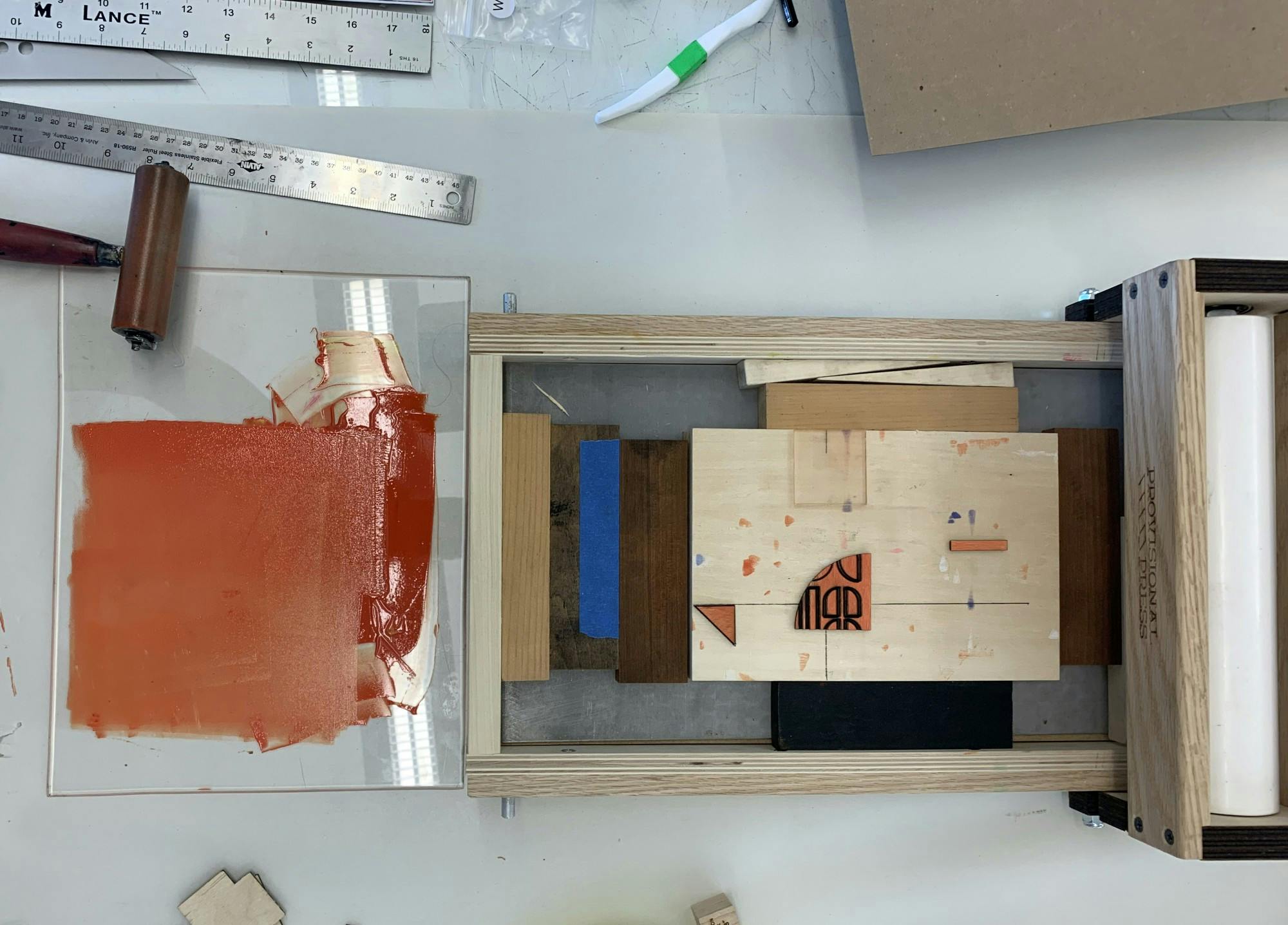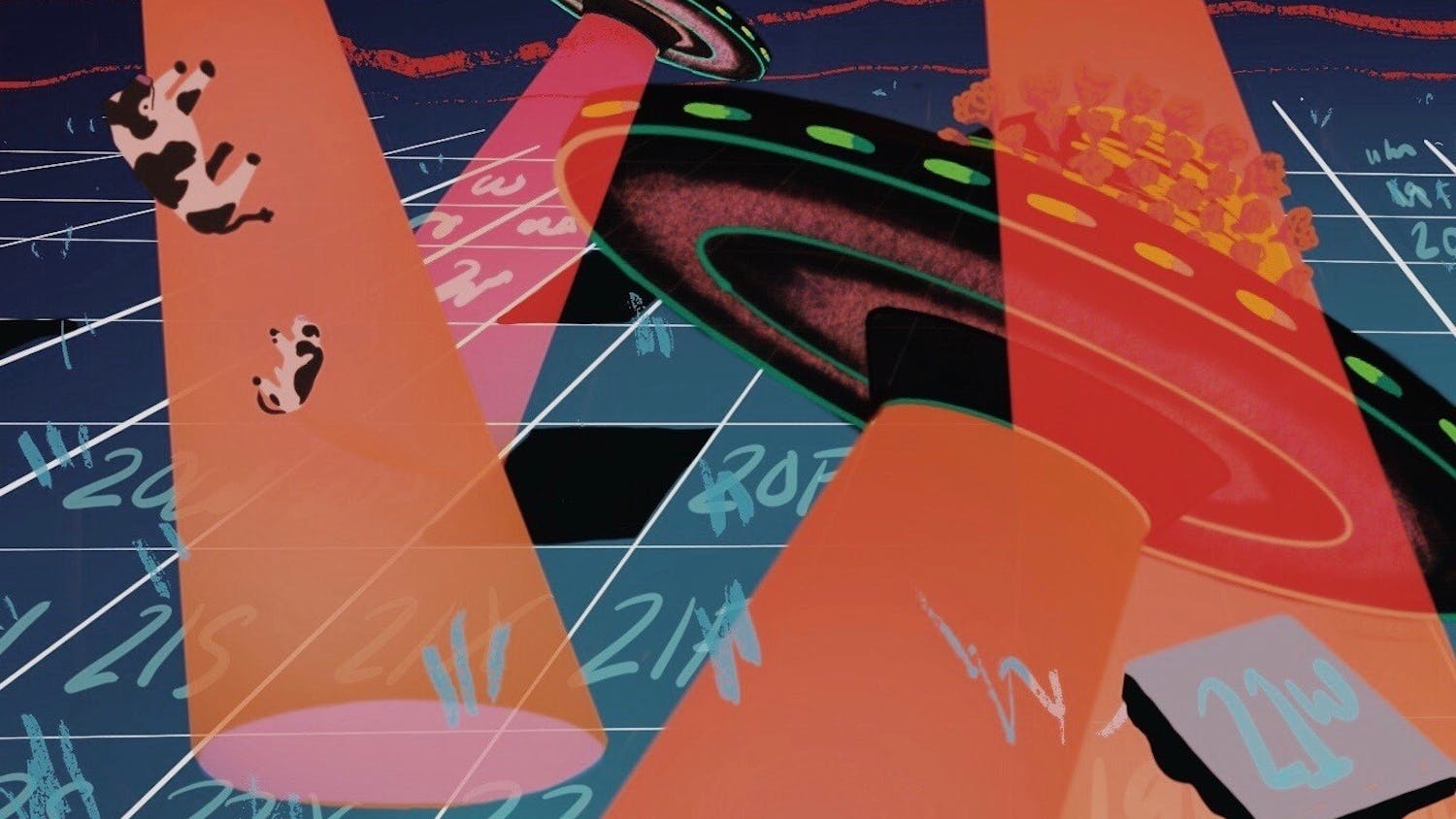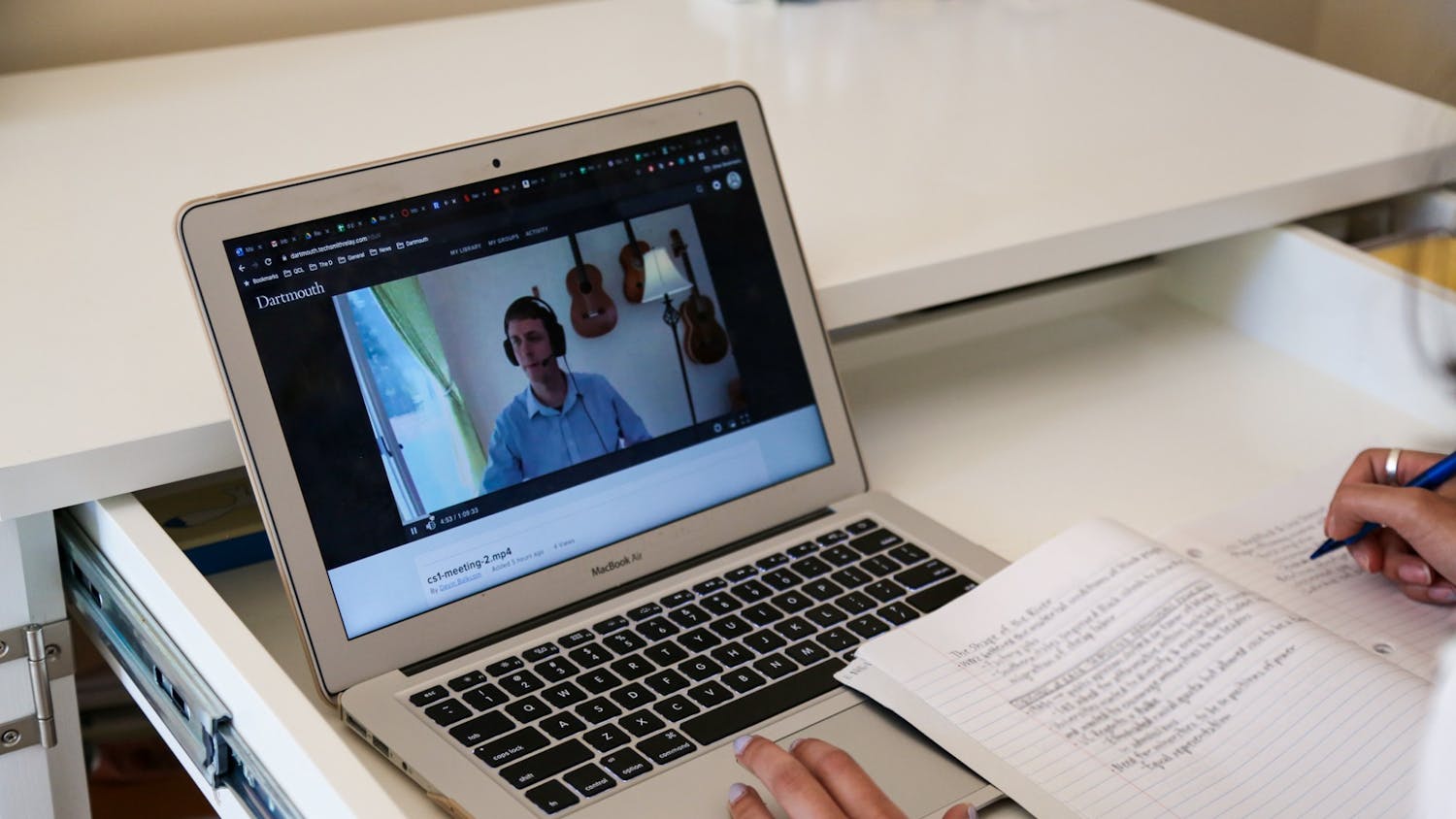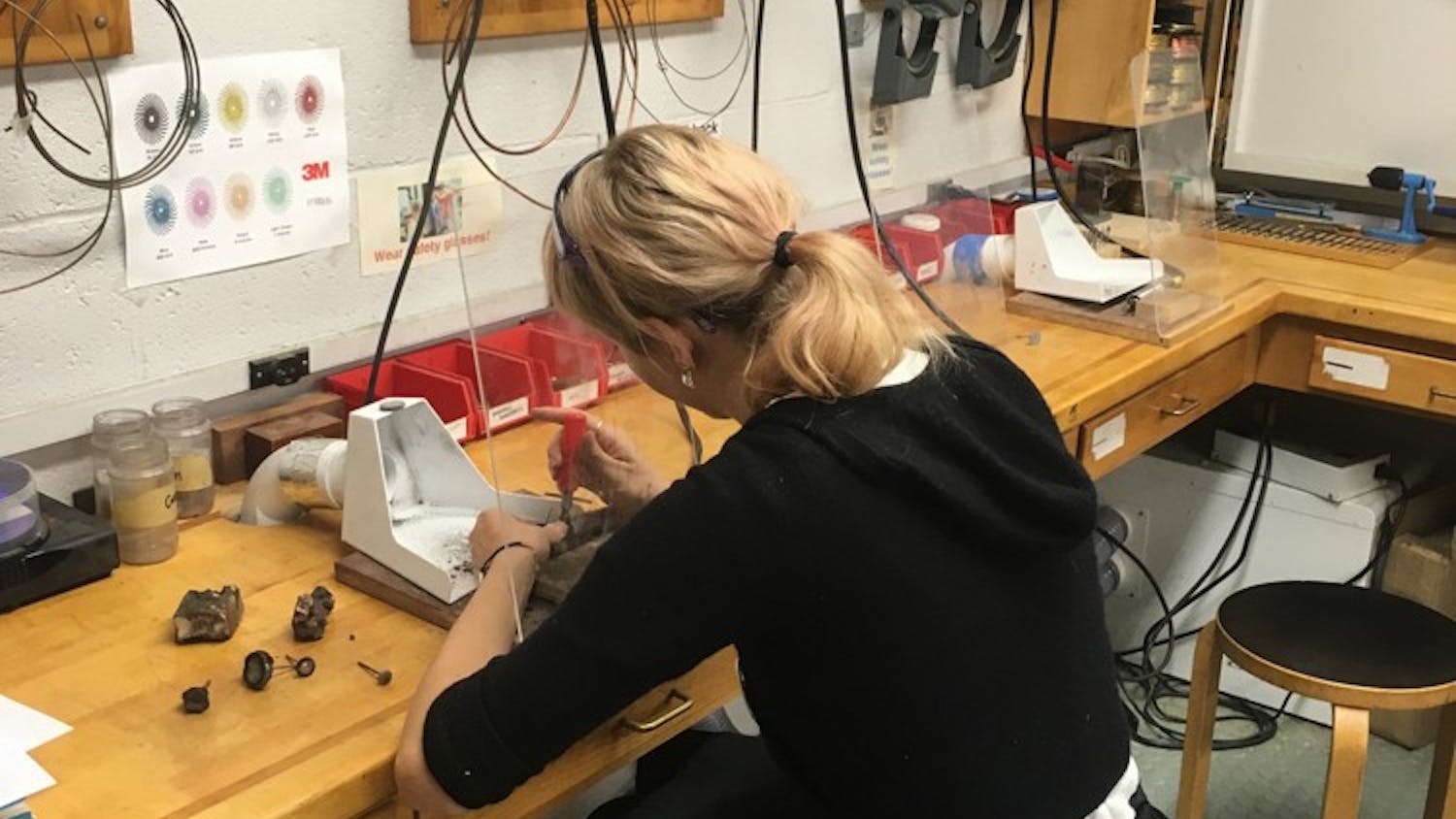Though nearly all classes remain remote this fall, labs and other project-based courses have found ways to maintain the experience of hands-on learning. Some courses have adapted to the limitations of virtual instruction by shipping material kits, which include everything from rock samples to small presses for printing, to each student.
Though some kits experienced shipping delays, many students and professors have been pleased by how the kits — used for courses in departments like studio art, engineering and music — have enabled material-based coursework this term.
In EARS 1, “How the Earth Works,” students typically focus on geologic processes in New England. In a non-remote term, the lab component includes trips to nearby field sites to study local geology and working with rock samples in a laboratory in Fairchild Hall.
While the remote nature of the class has limited these opportunities, earth sciences professor Meredith Kelly said that EARS 1 students were shipped a kit of 75 rocks and minerals to ensure they will still have samples to observe.
Kelly said that these kits have the added benefit of being accessible at any time, unlike lab samples.
“It’s been fun to use those kits not just within lab, but for the broader course,” Kelly said. “We can integrate [the samples] more into our pre-recorded lectures and any kind of exercise that we’re doing in class where they wouldn’t normally be toting around 75 rocks and minerals.”
With the help of the woodshop, studio art professor Tricia Treacy said that for SART 27, “Printmaking 1 - Etching,” she constructed small presses for everyone in her class and shipped them to students along with other materials. She said that the limitations of the small press “breed creativity.”
“If we were in the print shop, we could work on bigger things, but bigger things aren’t always better,” Treacy said, adding that the specialized kits can be less overwhelming and time-consuming for beginners. “... It takes a lot longer to carve a 12-by-18 piece of linoleum than a 6-by-9 piece.”
The press was designed in the spring by a group of print educators across the country, specifically in response to the lack of access to studios due to remote learning, Treacy said.
“[It was] this really great idea of creating a small press that could fit in a backpack,” Treacy said. “You could just download the files and then laser cut them and then produce them out of wood, a screwdriver and wood glue.”
ENGS 21, “Intro to Engineering” professor Vicki May noted that students in the course usually build prototypes, such as a water bottle cleaner, a contraption to help un-flip a canoe or a snow shovel designed specifically for removing snow on top of a car. Now, they can do so from wherever they are.
In a regular term, students always build prototypes together as a group. This term, each student will build initial prototypes individually, which May said serves as an “equalizer.”
“When they’re in person, this is not universal, but often you see the men in the group take over the building and the women don’t,” May said.
For EARS 1, Kelly said students were originally meant to purchase rocks and minerals kits on Amazon, but Dartmouth course instructors worked directly with the wholesale company that produces the kit after high demand at the start of the school year drove Amazon’s prices up. The company provided kits with similar samples especially for Dartmouth students, which the College purchased with an experiential learning grant from the Dartmouth Center for the Advancement of Learning. Kits were shipped directly from the company to each students’ residence.
Kelly said that the UPS shipping process has been slow, and the first lab that uses samples had to be pushed back a week.
Gabi Rodriguez ’23, a student in Kelly’s EARS 1 class, said the delays caused confusion among many students, though professors were “really understanding.” The scheduled UPS delivery date for her kit was changed four times before she received it in rural Vermont.
Treacy also sent out boxes with materials, including linoleum and wood, as well as loaned carving tools and the small press. Treacy said that the presses will be returned to the department at the end of the term and become a new tool available for students to check out and use outside of the classroom curriculum in an on-campus term. Students paid for the other materials in the kit through a materials fee, which did not change when the class transitioned from an in-person setting.
May added that in addition to kits, ENGS 21 students can send digital files to the machine shop to have 3D printed or laser cut. Customized materials are then mailed to the student or left outside on the loading dock for those in the Hanover area. In on-campus terms, students have access to machine shop equipment.
May said she anticipates keeping some of the changes that have been made to the curriculum, such as emphasizing activities with Arduino electrical engineering kits, which she says have been “pretty empowering.”
“[Students are] still getting tons of hands-on [experience] in a little bit of a different way,” May said. “I think they're taking ownership over it more than they might have [in person].”
Daniel Modesto ’24 is the News executive editor. He is from Brooklyn, New York, and is a Native American and Indigenous Studies major modified with Latin American, Latino and Caribbean Studies.




